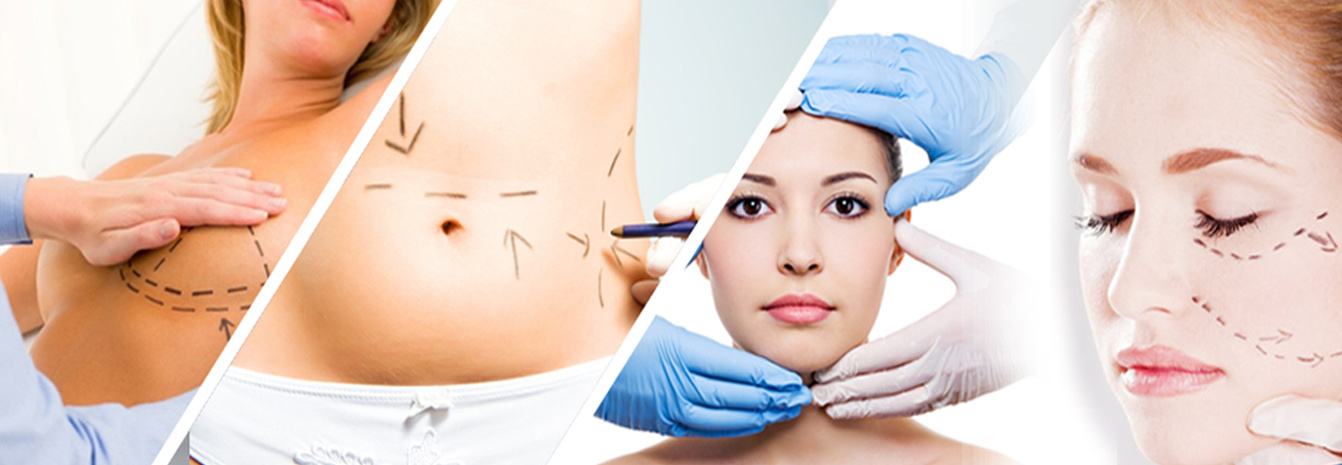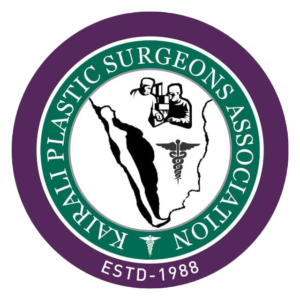
- Abdominal Wall Reconstruction
- Acute Trauma Management
- Breast Reconstruction
- Brachial Plexus and Peripheral Nerve Surgeries
- Burns And Reconstructive Surgeries
- Chest Wall Reconstruction
- Cleft And Craniofacial Surgeries
- Congenital Deformities
- Diabetic Foot & Its Management
- Gender Confirmation Surgeries
- Hand Surgeries
- Head & Neck Reconstruction
- Micro Vascular surgery
- Negative Pressure Wound Therapy
- Pressure Sore And Reconstructive Procedures
- Regenerative Medicine
- Tissue Expansion
INTRODUCTION:
The highly mobile, functional and strong hand is a major distinguishing point between humans and the non-human primates. The hand plays a very indispensable role in almost every walk of life and serves not only mechanical and prehensile functions but is also a very important organ of expression. This unfortunately exposes the hand to a very high risk of injury and it is no surprise that the hand is indeed the most common part of the body to be affected by trauma.
Care of the human hand needs to take into account not only recreation of form but more importantly restoration of function. It behoves the surgeon entrusted with the care of hand to be comfortable with surgery of the integumentary, musculoskeletal, nervous and vascular tissues alike. The underlying goal of all aspects of hand surgery is to maximize mobility, sensibility, stability and strength while minimizing pain.
PROCEDURES
- CONGENITAL HAND:
Surgeries performed on the congenital hand include those for-
- Syndactyly
- Polysyndactyly
- Acrosyndactyly
- Cleft hand
- Duplication of thumb/ fingers
- Constriction ring, etc
- TENDON SURGERIES:
The tendons are flexible but elastic cords that attach muscles to bones. There are two groups of tendons in the hand – the flexor tendons and the extensor tendons.
Each finger has two long flexor tendons- flexor digitorum superficialis (FDS) and flexor digitorum profundus(FDP), while the thumb has flexor pollicis longus (FPL) and flexor pollicis brevis (FPB), which is a thenar muscle.
The extensors of the fingers are a separate slip of extensor digitorum (ED) to each of the four fingers. The index has an additional accessory tendon extensor indices proprius (EIP) that may used for tendon transfers or as tendon grafts. The extensors of the thumb include extensor pollicis longus (EPL) and extensor pollicis brevis (EPB).
Tendon injuries may occur due different modalities causing different injuries. They may be cut injuries, avulsion injuries from the bone or with a bone fragment while playing sports or strenuous gripping, or they may be crush injuries leading to crushed ends of tendon with or without loss of length.
TENDON REPAIRS:
AS for any surgery on the hand it is imperative to have adequate exposure and lighting. The wound is washed and debrided thoroughly and the tendon ends retrieved. Sometimes it may necessary to extend the incision proximally and distally to facilitate repair. The cut ends may be repaired by various methods depending on surgeons preference, the most common method of repair being Modified Kessler’s Repair, while others include Bunnels repair, Tsuge’s repair and multi- strand repair etc.
Sometimes it may not be possible to suture the cut ends of a tendon especially with severe crush injuries wherein a segment of tendon is crushed and there is loss of length. These require inter-bridging tendon graft. Usual donor tendons are the palmaris longus tendon, FDS tendon of adjacent finger or (same finger to repair FDP), extensor indices proprius (accessory extensor for index) for extensor tendon grafts.
TENDON GRAFTS:
Sometimes it may not be possible to suture the cut ends of a tendon especially with severe crush injuries wherein a segment of tendon is crushed and there is loss of length. These require inter-bridging tendon graft. Usual donor tendons are the palmaris longus tendon, FDS tendon of adjacent finger or (same finger to repair FDP), extensor indices proprius (accessory extensor for index) for extensor tendon grafts.
TENDON TRANSFERS:
Tendon transfers are another option of repair wherein primary repair is not possible or for functional deficit due to neurological insult. It requires detachment of one of the healthy tendons and reattach it to the deficient or non-functional tendon of thumb and fingers. Most applicable for thumb and extensor tendons.
This however, requires training the patient to emulate the original function of the transferred tendon to elicit the intended lost function
- BONY RECONSTRUCTION:
The hand consists of 27 bones- 8 carpal bones, 5 metacarpal bones and 14 bones in fingers. Meticulous realignment of the bones is optimal for restoration of hand function. A number of muscles and tendons are attached to each small bone of hand and the different tendon and muscle interplay also influence the healing and functioning of the joints.
Treatment includes non-surgical with splinting or casting the hand or fingers after reducing the fractures or with fixation using small pins, screws or K-wires.
- FINGER TIP INJURIES:
One of the most common injuries that occur on a daily basis. The finger tip is important as a tactile and sensory organ. The finger tip injuries may be classified depending upon the mechanism of injury. The nail bed complex is a specialized structure vital for the protection of fingertip. Reconstructing the nail complex and finger tip is vital for preservation of tactile and sensory function.
- NERVE REPAIRS:
Each finger is supplied by two digital nerves running along the lateral side of their length. They in turn arise from a common digital nerve branching from median nerve to medial 3 ½ digits and from ulnar nerve to lateral 1 ½ digit. The nail bed complex is supplied by the volar nerves. These digital nerve when cut need coaptation to prevent ulceration and further finger tip injuries due to insensate fingertips. Most repairs require either loupe or microscopic magnification and need microsurgical expertise.
- SOFT TISSUE RECONSTRUCTIONS:
Most crush injuries to the hand happen from work site using heavy machine involve reconstruction of more than one structure. The tendons and neurovascular bundles need soft tissue cover to prevent infection and further injury.
- LOCAL FLAPS:
V-Y advancement Flaps- for fingertip injuries incorporating volar neurovascular bundle
Thenar flaps- raised from the thenar eminence to cover finger tip injuries
Cross finger flaps- raised form the extensor aspect of adjacent finger, tailored to cover defects involving volar side of distal and middle phalanx. May be used as a reverse dermal flap for extensor aspect wounds of adjacent fingers. Used as a pedicled flap and flap division done later at two or three weeks.
Homodigital Island Flap- flap raised based on either of the neurovascular bundles of a finger as an island flap attached only by the vascular pedicle. May be transposed to defect loosely to avoid compression. Tests must be done to assess patency of the other vascular bundle. It may be raised as a distally based or proximally based flap.
Dorsal Metacarpal artery Flap- flap based on the first and second metacarpal artery. Used to cover defects over the dorsum of hand upto PIPJ and thumb defects
